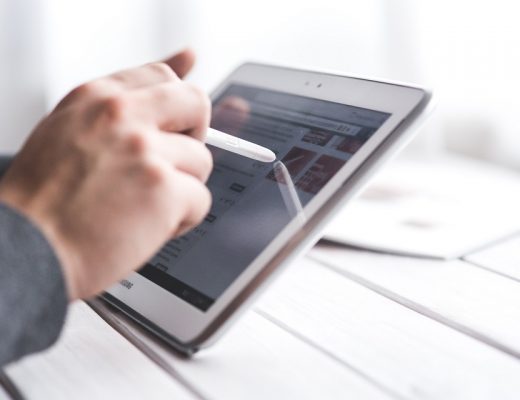An effective app design process brings three major benefits. It will get your product to market faster, meet users’ needs and expectations, and save you loads of money. Making the process easier and more effective depends on using the correct tools. For example, a prototyping tool that lets designers create clickable prototypes can eliminate inefficient developer back-and-forths.
Defining The App’s Requirements
The first step in creating a mobile app is defining the product requirements. It involves creating a list of what the app should do and how it should do it. This document is essential for understanding your app’s target users. It will also help you prioritize features for a minimum viable product (MVP). You can use different formats to create this document, such as a functional specifications document (FSD) or user stories. Once you have a clear idea of your audience, you can begin the design process by creating a customer journey map. It will show you the app’s touchpoints with the end-user and help you identify any issues. This research can also include testing the app with real users. It will allow you to see if there are any stumbling blocks in the user experience, such as confusing menus or poor layouts. It will enable you to make any necessary changes before the final launch.
Creating The Wireframes
It is a crucial part of the app design process. It allows designers like Martin van Blerk to decide where to place logos, text, icons and images. It also gives them an idea of how the app will look on different screens of various devices. While wireframes can be super informal, they should still present a clear vision of the app’s functionality. They should show how a user will navigate from screen to screen and the features most important for the app’s success. A wireframe’s rough feel encourages feedback and is a great way to ensure the team is on the same page. Having a common vision makes it easier to create the app and will save time in the long run. It will also help avoid having to fix mistakes that could be costly in the future. That’s the key to a successful app.
Creating The Mockups
Once the app design requirements and wireframes are in place, it’s time to create the mockups. Before coding is done, mockups are non-functional prototypes that show designers and stakeholders how the finished product will look. They’re a great way to communicate design ideas and ensure the app is on the right track before investing in full development.
Mockups are also a good opportunity to test ideas and gather client feedback. It will help ensure the final app is as user-friendly as possible and meets all its goals. Mockups can be created by hand or using a mockup template. Whatever method is chosen, it’s important to take the time to develop a quality mockup that accurately reflects the user experience. It will allow the team to identify potential problems and make changes before the app is fully developed, saving time and money. It is one of the most critical steps in creating a successful app.
Creating The Final App
The final app’s design should be simple and interactive, depict the brand’s story and go with user needs. Designers must conduct extensive market and user research before starting the design process. They must ensure their designs are unique and stand out from the competition. They should focus on the app’s core functionality and eliminate unnecessary features distracting users from their main goals. Another important aspect of the design process is creating measurable and realistic goals for the app. It will help designers create an app that is more efficient in speed, scalability and usability. Once the wireframes are ready, it’s time to start designing the app’s interface. Designers can use a paper, whiteboard or napkin to sketch out the rough layout of the app or use a digital wireframing tool.








No Comments